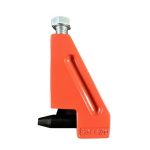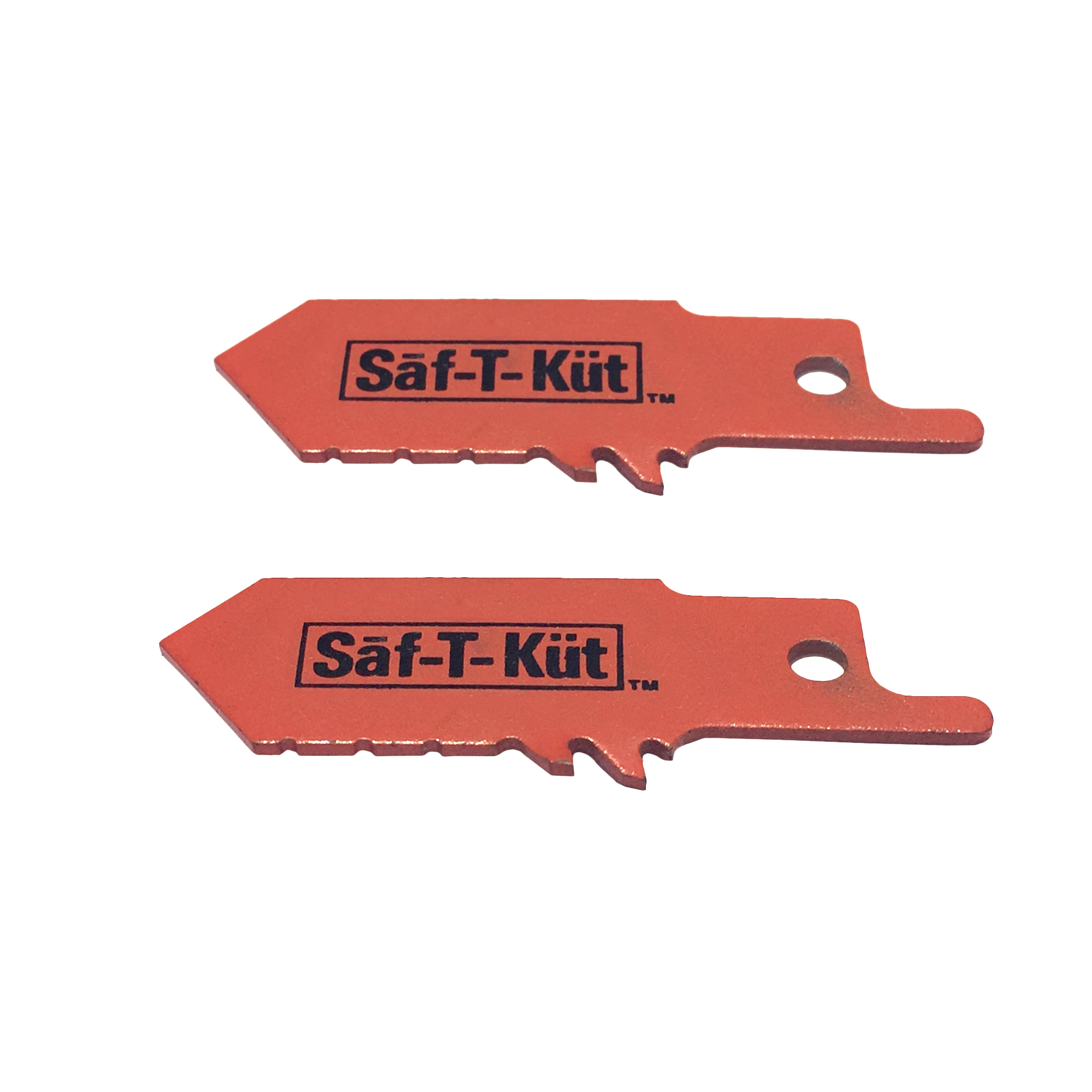Content
It is very important to understand the concept of goodwill because it is the metric that encapsulates the value of a company’s reputation built over a significant period. The different factors aiding the goodwill include the company’s brand name, extensive customer base, good customer relations, any proprietary patents or technology, and excellent employee relations. The Net Assets Of The CompanyThe net asset on the balance sheet is the amount by which your total assets exceed your total liabilities and goodwill normal balance is calculated by simply adding what you own and subtract it from whatever you owe . Negative goodwill is advantageous for a buyer as it allows them to buy net assets of a business at a price that is lower than the market rate. If a CGU includes an intangible asset that has an indefinite useful life or is not yet in use, then the asset can be tested for impairment only as part of the CGU. Your final step would be to subtract the fair market adjustment, which is $250,000, from the excess purchase price.
For instance, when one company buys another company at a value higher or lesser than the actual value, the resulting difference in price is normally regarded as goodwill. On the other hand, internally generated goodwill also referred to as non-purchased goodwill arises from all other sources excluding that obtained through purchase. Example BCG 2-27 provides guidance on consideration of side arrangements in a business combination.
Bank Strategic Business Units Planning, Marketing and Risk Management
The term “goodwill” refers to that intangible asset that comes into play only when a company is planning to acquire another company and is willing to pay a price that is significantly higher than the fair market value of the company’s net assets. In short, goodwill can be seen as the difference between the purchase price and the fair market value of a company’s identifiable assets and liabilities. Identify three different viewpoints that shape a library’s goodwill or may explain why goodwill exists as an intangible resource in a library. The first viewpoint has to do with the synthesis and readiness of the library’s elements, namely collection, staff, equipment, capital, etc. The functional, operational, and physical synthesis of the elements creates intangible assets and increases the value of the library.
- Some would question whether goodwill is an asset of a business given that it cannot be separated from that business.
- The residual upon allocation of the purchase price to the fair values of assets acquired and liabilities assumed.
- The resulting figure is the Goodwill that will go on the acquirer’s balance sheet when the deal closes.
- Once the fair value of the assets has been determined, you can then add them together.
- The excess of price over the fair value of net identifiable assets is called goodwill.
- For example, if your excess purchase price is $400,000 and your fair value adjustment is $100,000, your goodwill amount would be $300,000.
In contrast, other intangible assets like licenses, patents, etc., can be sold and purchased separately. The two commonly used methods for testing impairments are the income approach and the market approach. Using the income approach, estimated future cash flows are discounted to the present value. With the market approach, the assets and liabilities of similar companies operating in the same industry are analyzed. The impairment results in a decrease in the goodwill account on the balance sheet. The expense is also recognized as a loss on the income statement, which directly reduces net income for the year.
Goodwill vs. Other Intangibles
This determination would be based on facts and circumstances, but generally the more substantive (i.e., difficult to achieve) the revenue target, the more likely the arrangement is based predominantly on the revenue target. If the arrangement is determined to be predominantly based on revenues, it would be considered a liability under ASC 480. If a company assesses that the amount of goodwill was overstated, then the company must impair or do a write-down on the value of the goodwill on the balance sheet. This impairment expense is calculated as the difference between the current market value of the intangible asset and the purchase price.
Does goodwill have a normal credit balance?
Goodwill is a debit and not a credit. All assets always show a debit balance, which increases with a debit entry and decreases with a credit entry. Therefore, goodwill as an intangible fixed asset on the balance sheet will be a debit and not a credit.
Is goodwill an asset or income?
Goodwill is an intangible asset, but also a capital asset. The value of goodwill refers to the amount over book value that one company pays when acquiring another. Goodwill is classified as a capital asset because it provides an ongoing revenue generation benefit for a period that extends beyond one year.


